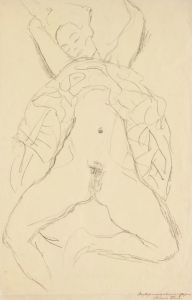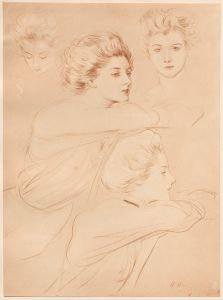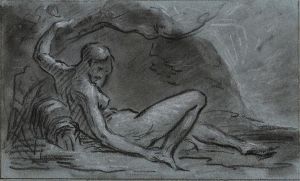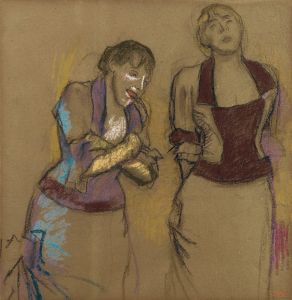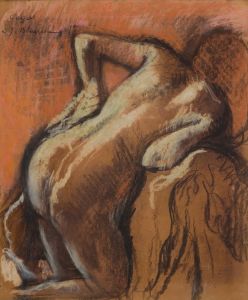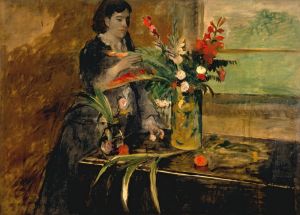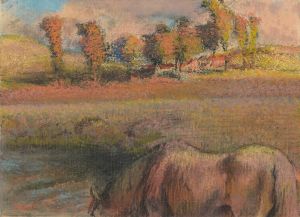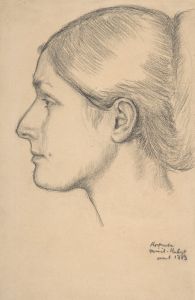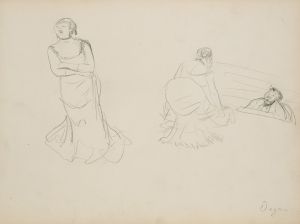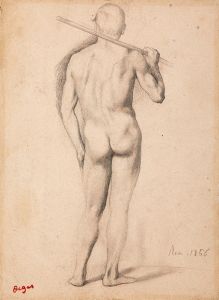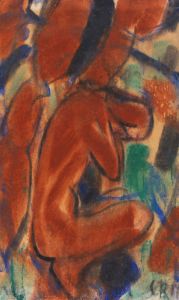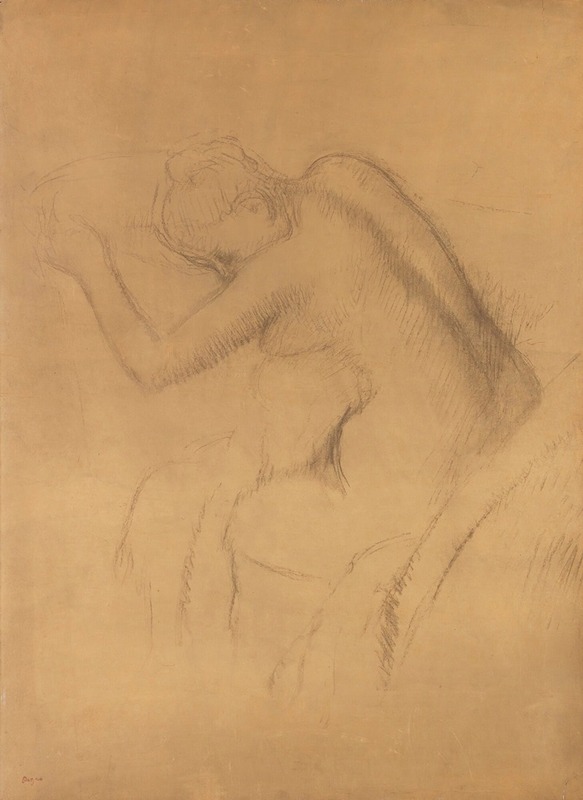
Femme Nue Assise
A hand-painted replica of Edgar Degas’s masterpiece Femme Nue Assise, meticulously crafted by professional artists to capture the true essence of the original. Each piece is created with museum-quality canvas and rare mineral pigments, carefully painted by experienced artists with delicate brushstrokes and rich, layered colors to perfectly recreate the texture of the original artwork. Unlike machine-printed reproductions, this hand-painted version brings the painting to life, infused with the artist’s emotions and skill in every stroke. Whether for personal collection or home decoration, it instantly elevates the artistic atmosphere of any space.
Edgar Degas, a prominent French artist known for his contributions to Impressionism, created a diverse body of work that includes paintings, sculptures, prints, and drawings. Among his many works is "Femme Nue Assise," which translates to "Seated Nude Woman." This artwork exemplifies Degas's interest in the human form and his skill in capturing the subtleties of posture and anatomy.
"Femme Nue Assise" is a study of the female nude, a subject Degas frequently explored throughout his career. Unlike many of his contemporaries who idealized the human body, Degas approached the subject with a more realistic and sometimes candid perspective. His nudes often depict women in private, unguarded moments, emphasizing naturalism over idealization. This approach aligns with Degas's broader artistic philosophy, which sought to capture the truth of modern life.
Degas's technique in "Femme Nue Assise" reflects his mastery of drawing and his keen observational skills. He often used pastels, a medium that allowed him to achieve a rich texture and depth of color. The use of pastels also enabled Degas to work quickly, capturing fleeting moments with immediacy and vibrancy. This technique is evident in the soft yet precise rendering of the woman's form, highlighting the play of light and shadow across her body.
The composition of "Femme Nue Assise" is notable for its intimacy and immediacy. Degas often chose unconventional angles and perspectives, which can be seen in this work. The seated position of the woman, combined with the artist's choice of viewpoint, creates a sense of immediacy and presence. This approach invites the viewer into a private space, fostering a connection between the subject and the observer.
Degas's interest in the human form was not limited to static poses; he was fascinated by movement and the dynamics of the body. This interest is reflected in his numerous studies of dancers and bathers, where he explored the fluidity and grace of the human figure. "Femme Nue Assise," while a more static composition, still conveys a sense of potential movement, as if the subject might shift or rise at any moment.
Throughout his career, Degas's work was characterized by a tension between tradition and innovation. While he was trained in classical techniques and often drew inspiration from the Old Masters, he was also deeply engaged with the modern world and its changing dynamics. This duality is evident in "Femme Nue Assise," where classical themes of the nude are rendered with a modern sensibility.
Degas's nudes, including "Femme Nue Assise," were sometimes met with controversy due to their candid and unidealized portrayal of the female body. However, they are now celebrated for their honesty and technical brilliance. Degas's ability to capture the essence of his subjects, combined with his innovative use of materials and techniques, has secured his place as a pivotal figure in the history of art.
In summary, "Femme Nue Assise" is a testament to Edgar Degas's skill as an artist and his unique approach to the depiction of the human form. Through his use of pastels and his keen eye for composition, Degas created a work that is both intimate and timeless, reflecting his enduring legacy in the art world.





